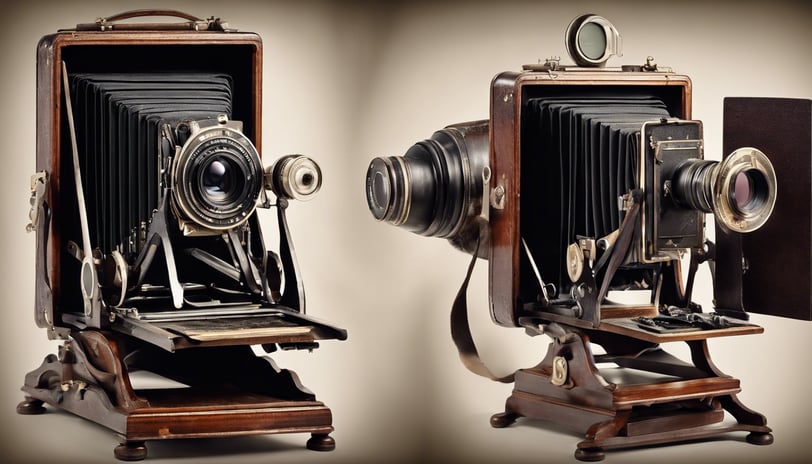The Evolution of Photography: From Humble Beginnings to the Digital Age


The history of photography is a fascinating journey that spans centuries, from its humble beginnings to the sophisticated digital age we find ourselves in today. This art form has revolutionized the way we capture and preserve moments, allowing us to freeze time and create visual records of our world. Let's delve into the evolution of photography and explore how it has evolved over time. The story of photography begins in the early 19th century with the invention of the camera obscura, a device that projected images onto a surface. This laid the foundation for the development of the first true photograph. In 1826, Joseph Nicéphore Niépce captured the world's first permanent photograph using a camera obscura and a bitumen-coated plate. This breakthrough marked the birth of photography and set the stage for further advancements. The Daguerreotype, introduced by Louis Daguerre in 1839, was the first commercially successful photographic process. It involved exposing a silver-coated copper plate to light, resulting in a unique image. The daguerreotype was widely popular, but it had its limitations. The process was time-consuming, requiring long exposure times and complex chemical processes. Despite these challenges, the daguerreotype paved the way for the democratization of photography. In the late 19th century, the invention of flexible film and the roll film camera by George Eastman revolutionized the field of photography. This allowed for multiple exposures without the need to replace individual plates, making photography more accessible and convenient. Eastman's company, Kodak, introduced the first consumer camera, the Kodak Brownie, in 1900, making photography available to the masses. The 20th century witnessed significant advancements in photography, with the introduction of 35mm film and the single-lens reflex (SLR) camera. The 35mm film format, developed by Leica in the 1920s, became the standard for both amateur and professional photographers. It offered higher image quality and flexibility, allowing for easier handling and faster shooting. The advent of digital photography in the late 20th century marked a turning point in the history of this art form. Digital cameras replaced film with electronic image sensors, allowing for instant image capture and storage. The digital age brought about a new era of photography, with advancements in image quality, editing capabilities, and the ability to share and distribute photographs online. Today, smartphones have become the most popular tool for capturing photographs. With high-resolution cameras and advanced editing apps, anyone can become a photographer. Social media platforms have also played a significant role in the democratization of photography, allowing people to share their work with a global audience. The evolution of photography has been a remarkable journey, from the camera obscura to the digital age. It has transformed the way we see and experience the world, capturing moments that would otherwise be lost to time. As technology continues to advance, who knows what the future holds for this ever-evolving art form.
